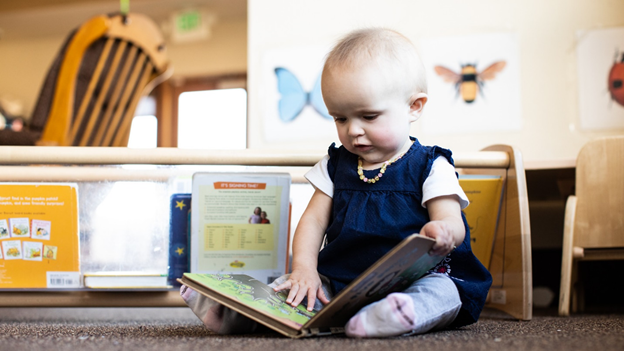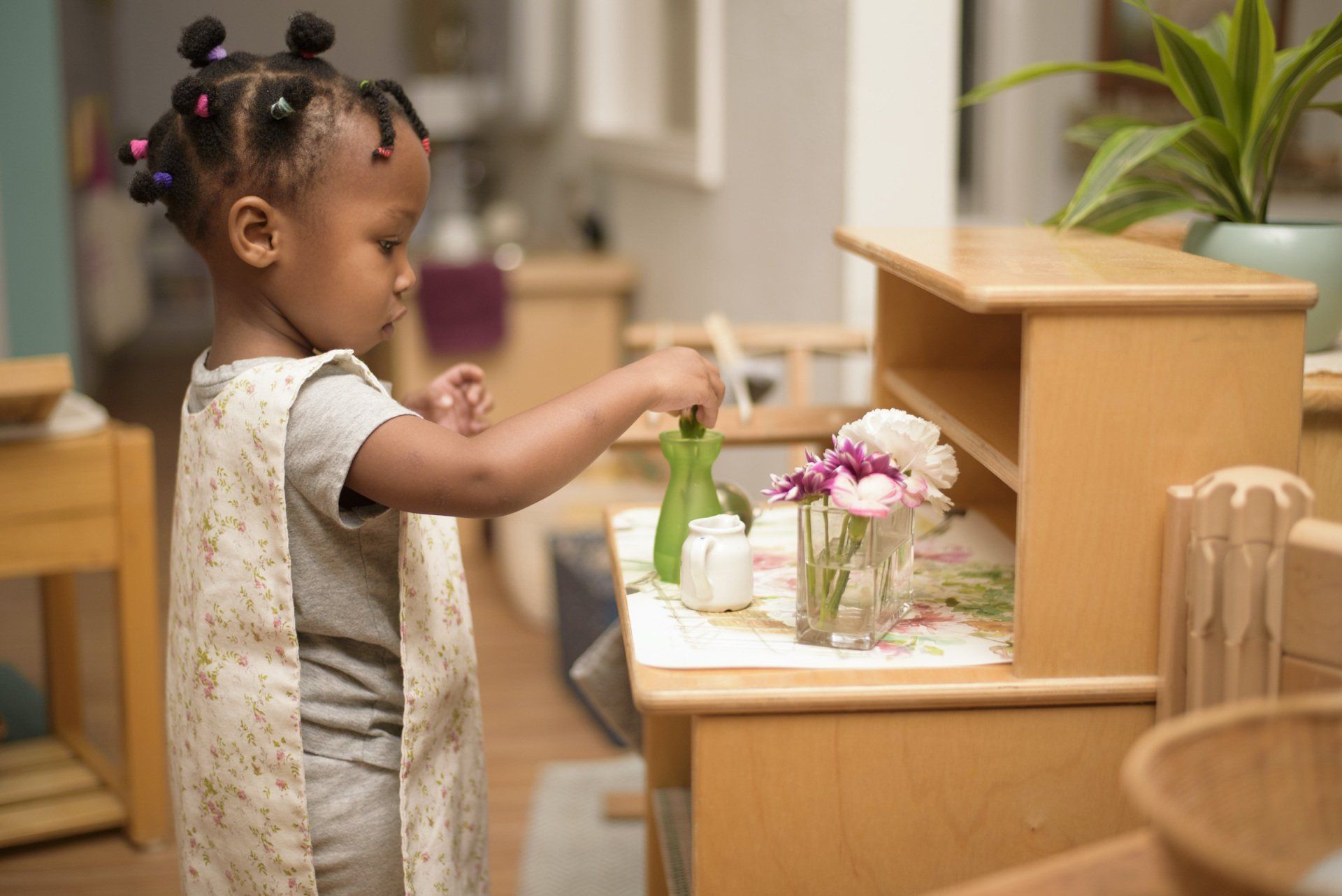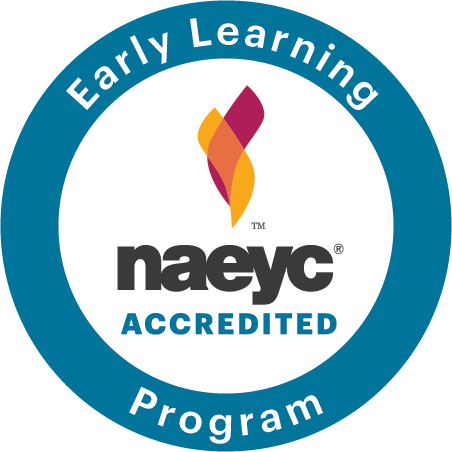The Quiet Triumph of the Knobbed Cylinders: A Morning in the Montessori Classroom
The Quiet Triumph of the Knobbed Cylinders: A Morning in the Montessori Classroom
This morning, I spent more than half an hour watching one of our three-year-olds, absorbed in a task that, at first glance, seemed so simple: four wooden blocks, each containing cylinders of varying sizes, designed to fit into matching holes. She was working with the Knobbed Cylinders, a Montessori material that’s as much about patience, precision, and concentration as it is about size and order.
At first, she looked unsure. Her little hands reached for the first cylinder and after a brief inspection, she tried to place it in one of the holes. It didn’t fit. She paused for a moment, turned the cylinder in her hands, and then tried again—still no luck. I watched quietly from across the room, my heart gently tightening as I saw her face flicker with mild confusion, the smallest sign of frustration. But then, as though instinctively aware of the process, she simply placed the cylinder back and reached for another.
Something was mesmerizing in the way she worked. With each attempt, her movements were deliberate and thoughtful. She tested each cylinder carefully, comparing it to the hole, adjusting her grip as if she were solving a puzzle that required a little more time, a little more focus. Every failure was met with a brief pause, then another try. She didn’t rush or whimper. She didn’t look around for help. Instead, she settled into a quiet rhythm, turning the cylinders over in her hands and methodically testing each one, slowly but steadily learning from each misstep.
I could see the wheels turning in her mind. After a few moments of trial and error, she found the right fit. A small, quiet victory. She didn’t jump up or call for attention. Instead, she simply moved on to the next one, her concentration deepening as she repeated the process with the same careful attention to detail. By now, her fingers were more confident, the task more familiar, and she began to move a little faster, testing the cylinders with the fluidity of someone who had already conquered the puzzle once.
She worked without distraction for over thirty minutes, methodically fitting each cylinder into the corresponding block. She wasn’t just completing the task; she was savoring the process, returning to it again and again as if to ensure she understood it completely. Each time she matched a cylinder to a hole, she would pause for a second to admire her work before starting over, as though to affirm, "Yes, I know how to do this."
The beauty of the moment was not in the task itself, but in the patience and focus she demonstrated—qualities that, at three, many adults still struggle to cultivate. What fascinated me most was her ability to sit with the challenge, not to seek immediate success, to allow herself to fail, regroup, and try again. She didn’t rush to finish, as if the joy was in the journey itself, not the result.
In watching her, I realized how often we as parents feel the urge to intervene when our children face a challenge. How often we want to rush in, smooth over the bumps, or offer a shortcut. And yet, here she was, quietly working through the frustration, learning not just about size and spatial relationships but also about the value of persistence, patience, and the quiet satisfaction that comes with mastering something on your own.
By the time she finally finished, her face lit up with a soft smile of quiet accomplishment. She had done it herself. She had persisted. There was no applause, no big celebration—just a sense of calm pride, as though she’d learned something much deeper than how to fit a cylinder into a hole. The task was done, and with it, a little more confidence had been woven into her sense of self.
As she placed the blocks back on the shelf, I couldn’t help but reflect on how much I had learned by simply watching her. In a world that often prizes speed, productivity, and immediate success, she had taught me the quiet power of patience, of process over outcome, and of the simple yet profound importance of allowing our children the space to learn at their own pace.
She moved on to another activity, content, and I was left to marvel at the small yet significant lessons that mornings like this provide. The Knobbed Cylinders, in their simplicity, had revealed so much more than the basics of size and shape—they had revealed how to navigate the world with resilience, how to stay calm in the face of challenge, and most importantly, how to believe in the power of trying, failing, and trying again.
And for me, as a Montessori guide, that quiet lesson felt like the greatest triumph of all.

The Magnolia Flower symbolizes perseverance, nobility and dignity; three values we strive to instill in our students.
PROGRAMS
Magnolia Montessori School
2 Lake Drive
Whitehouse Station, NJ 08889
(908) 534-2038
Magnolia Montessori School
Magnolia Montessori School







